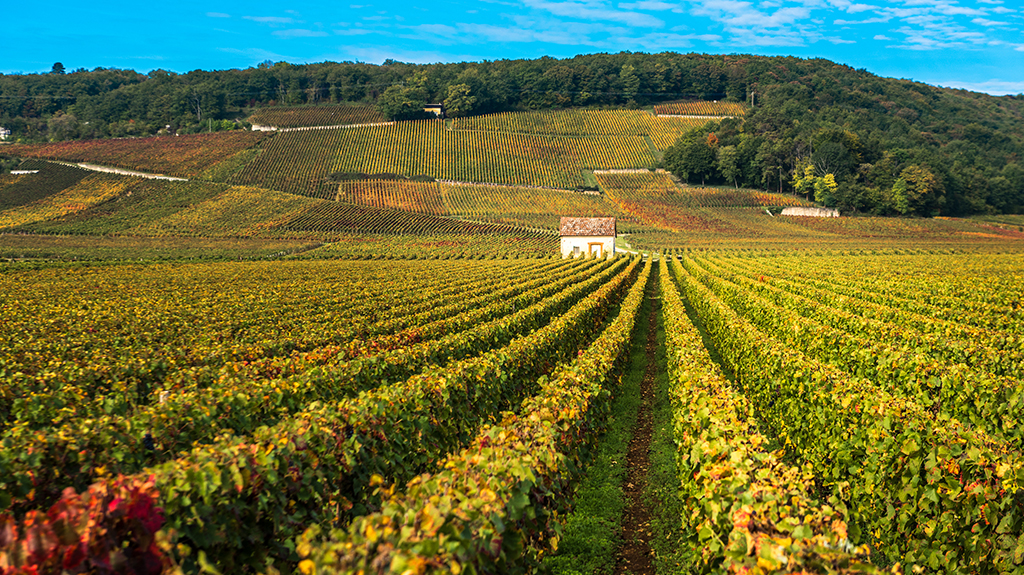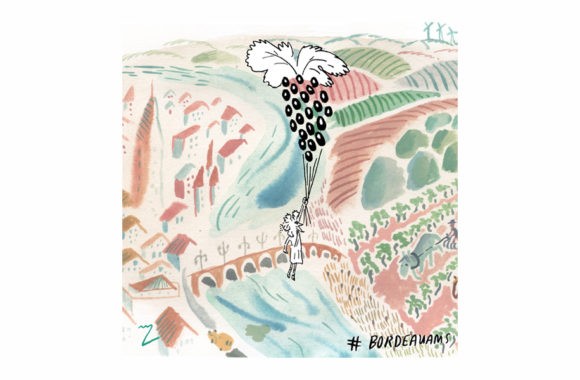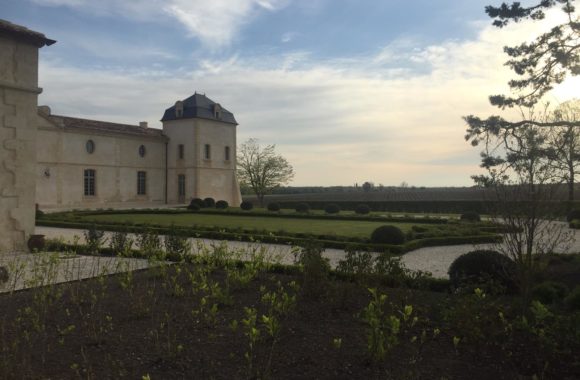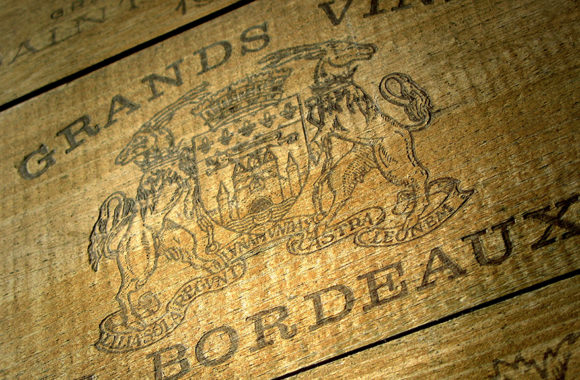
2021 Burgundy Vintage Report
· Martin Tickle Martin Tickle on
“The fight is won or lost far away from the witnesses, behind the lines, in the gym and out there on the road, long before I dance under those lights.”
Muhammad Ali
Just as the trilogy of 2018-2019-2020 seemed to have ushered in a new normal, 2021 introduced a little anarchy and upset the established order. The winter was warm and wet, and then in March unseasonably hot temperatures prompted budbreak. April frosts have long been a significant threat in Burgundy, and temperatures dropped as low as -7°C. Snow followed frost, and the losses amongst the more precocious Chardonnay vines in the Côte de Beaune were catastrophic. The later budding Pinot Noir fared slightly better in both the Côte de Beaune and the Côte de Nuits, but hail in the north in June and mildew caused problems and further crop losses. The thinner skins of Pinot Noir are more susceptible to mildew than the thicker-skinned Chardonnay. June was sunny following the storm, but the peak summer months of July and August were cold, overcast, and punctuated by rain. The first half of September saw warmer temperatures, with most grapes harvested by the end of September – a month later than in 2020.
When the starting point is a painfully small yield in the vineyard, the temptation is to try and maximise the crop. The successful domaines in 2021 further limited their production by sorting in the vineyard and the winery. It is a vintage where sorting was critical to ensure that clean and healthy fruit made it into the cellars. The next challenge was to adapt vinifications to the style of the vintage. 2021 follows a heavyweight trio of vintages, and it would have been a mistake to try and extract similar levels of structure and intensity.
2021 is not a homogenous vintage or a vintage where wines lower down the classification have dramatically overachieved. Cistercian Monks created the foundation for Burgundian wine in the 12th Century, primarily based on vineyard location and ripeness. Vineyards with the most favourable combination of soil, aspect, and elevation could be relied upon to ripen consistently and were more esteemed than marginal sites. The long-term effects of climate change and the recent run of hot vintages have seen Burgundy’s greatest terroirs reach almost dangerous levels of ripeness. Alcohol levels well above 14% have become increasingly common. In these kinds of vintages, savvy buyers have looked to the cooler sites overlooked for Premier and Grand Cru status. 2021 offers a respite from the heat and a return to the traditional hierarchy of the classification.
Enormous crop losses decimated the Côte de Beaune but what survived into the cellars of the best domaines is breathtakingly exciting. The white wines have a cool climate freshness and acidic architecture that we have not seen for years. In general, the losses were most severe in the Premier Crus, with reductions as much as 70-100%. The Puligny and Chassagne Grand Crus were spared the worst frost damage thanks to the communal battle of vignerons against frost, with reductions of up to 25% on average. The hill of Corton was much less protected and suffered huge losses. The best white wines from the best domaines will be hugely oversubscribed and will become reference points in the cellars of those able to acquire them.
The 2021 vintage in Chablis was like the Côte de Beaune in that there was widespread frost in April, followed by a cooler, cloudier summer than usual. There are catastrophic crop losses of up to 70-100%, but the vineyards of Petit Chablis and village Chablis were the most affected. Classical Chablis exists at the intersection of austerity and ripeness, and 2021 is a return to the historical style. The fruit that survived the vagaries of the weather has produced magnificent wines at the best addresses.
The regional and village red wines from the Côte d’Or are vins de soif – thirst-quenching wines of vivid, juicy Pinot Noir fruit. The step up from village to Premier Cru is clear, and the step up to Grand Cru offers another level of complexity and transmission of terroir. In the Côte de Nuits, we find a classical expression of Pinot Noir, more red fruits and roses than black fruits and violets. These are al dente expressions of Burgundy, with crunchy fruit, limpid colours, and haunting perfumes. It is a vintage where each terroir shows outstanding transparency, and the increase in quality is evident as you move up through the ranks. The best Premier and Grand Crus are unique expressions of place, and the reality is that global demand for these wines far exceeds supply.
2021 is a vintage that is at its heart Bourguignon. It is the product of a hugely challenging growing season and one that vignerons hope they will never see again. It was a vintage of unrelenting work in the vineyard and complex decisions to reduce already tiny yields. Hot and dry years are easier to work in the vineyard, but the comparatively cold and wet 2021 was a battle against almost insurmountable odds. But if you ask vignerons about the wine they genuinely like to drink, you will find answers in the qualities of 2021 – classically styled, transparent of terroir, energetic, and gourmand.
Sign up below for the latest Burgundy En Primeur updates







